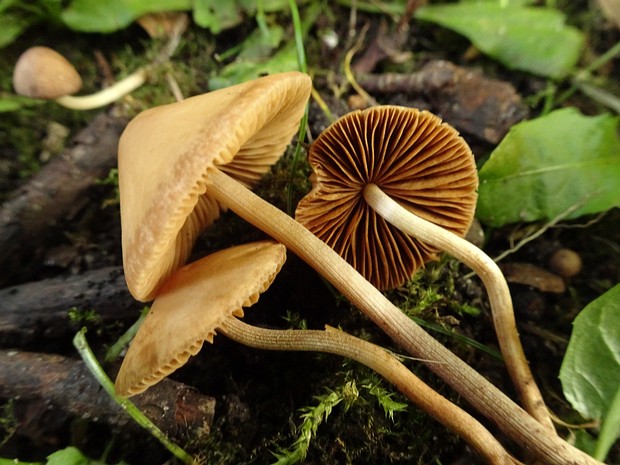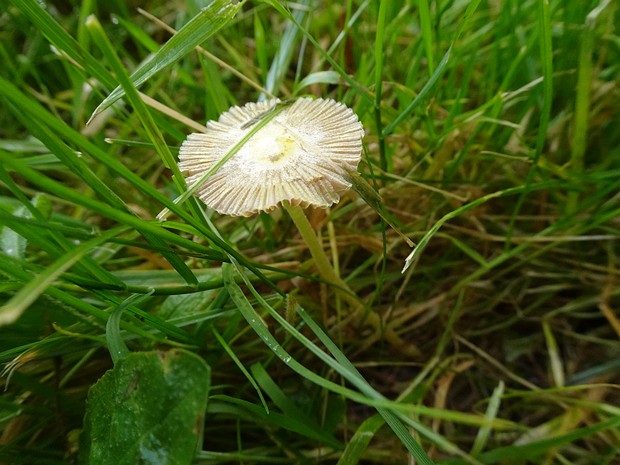
Bolbitius titubans - Больбитий золотистый - Yellow Fieldcap - Goldschuppiger Düngerling
Bolbitius titubans, commonly known as the Yellow Fieldcap, is a basidiomycete fungus belonging to the Bolbitiaceae family. It is characterized by a small,…
9 images
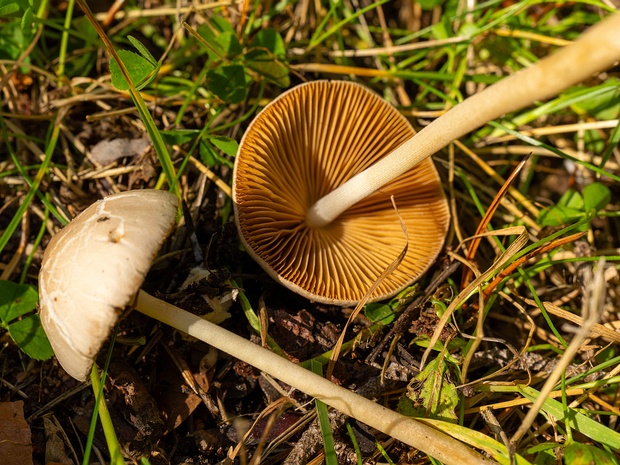
Conocybe apala - Коноцибе молочная - White Dunce Cap - Weißer Samtfußkrempling
Conocybe apala, commonly known as the White Dunce Cap, is a basidiomycete fungus belonging to the Bolbitiaceae family. It is characterized by a small, conical…
25 images
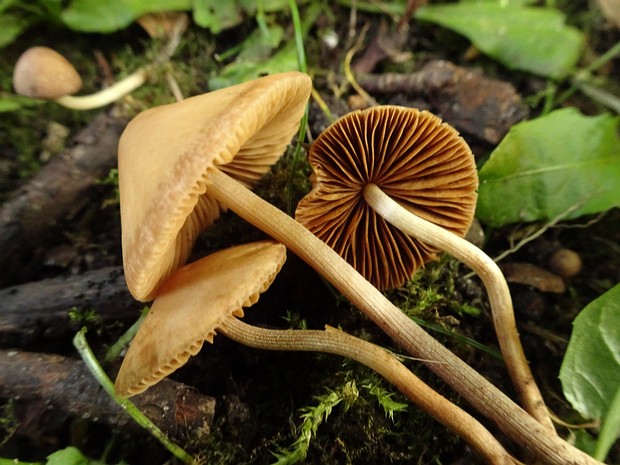
Conocybe tenera - Коноцибе нежная - Delicate Conocybe - Zarter Samtfußkrempling
Conocybe tenera, commonly known as the Delicate Conocybe, is a basidiomycete fungus belonging to the Bolbitiaceae family. It is characterized by a small,…
6 images
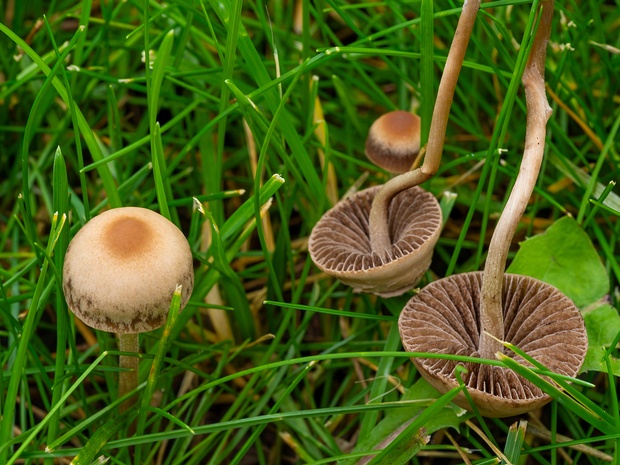
Panaeolina foenisecii - Панеолина сенокосная - Brown Mottlegill - Heudüngerling
Panaeolina foenisecii, or the Haymaker's Mushroom, is a small, brownish mushroom that is commonly found in lawns and grassy areas across Europe, North America,…
27 images
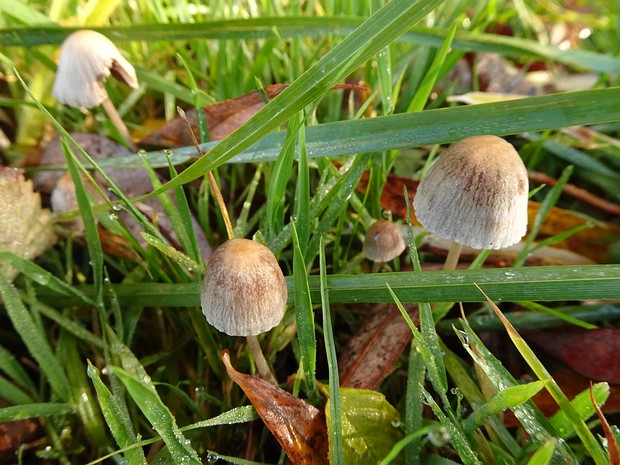
Panaeolus papilionaceus - Панеолус мотыльковый - Petticoat Mottlegill - Schmetterlings-Häubling
Panaeolus papilionaceus, commonly known as the Petticoat Mottlegill, is a basidiomycete fungus belonging to the family Bolbitiaceae. It is characterized by a…
8 images

